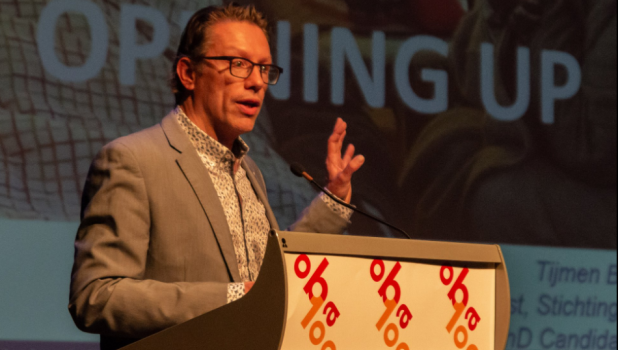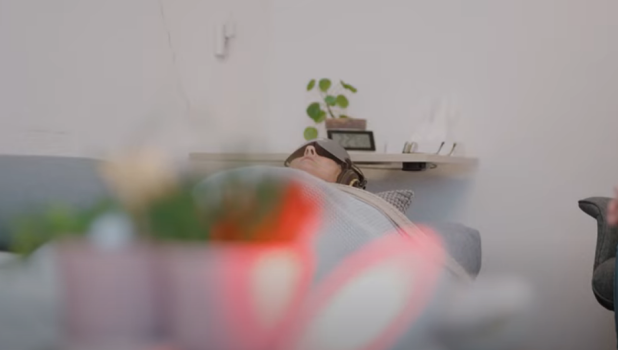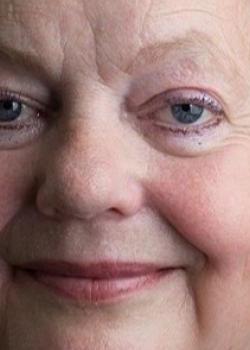MDMA softens
Interview with researcher and psychiatrist Tijmen Bostoen

As a researcher and psychiatrist at ARQ National Psychotrauma Centre, Tijmen Bostoen is working on MDMA-assisted therapy. The results are promising. MDMA softens.
ARQ is one of the nine places in Europe where an initial study on the effectiveness of MDMA-assisted treatment is currently underway. Tijmen: “It is a very intensive study with a limited research group of eight people. Three hundred people worldwide have been treated according to the same protocol in the United States. The current study is preparation for a much larger study in Europe. Ultimately, it could lead to MDMA being registered as a drug so that it can be prescribed to support psychotherapy.”
"The current study is preparation for a much larger study in Europe."
Less shame and more empathy
“We follow a strict protocol. All participants have severe PTSD and have often already had many treatments. Each of them receives 12 treatments. Two of these sessions are eight-hour MDMA days. On such a day, the participant takes MDMA in the morning, lies down quietly, wears an eye mask and hears appropriate music through headphones. Two therapists follow the patient in their process. What is unique about this approach is that we do not focus directly on the most traumatic moments. We assume that if someone takes this remedy, has the time and ‘goes in’ quietly, then what is most important at that moment will emerge naturally. That may be the worst moment, but it can also, for example, be early childhood memories. With MDMA, people feel less shame and can usually feel more than normal. So a lot can come out during such a day. Afterwards they stay overnight and the next day they see the same two therapists again. In a short time, patients with MDMA-assisted therapy get further where they previously got stuck, according to previous research in the US.”

Can such a treatment be used for everyone with severe PTSD?
“One of the things we want to find out with this preliminary study is whether the patients can tolerate this intensity of treatment. To be on the safe side, we currently exclude people who are psychotic or addicted. In general, the participants get through it well. However, they do report some MDMA-related side effects: muscle tension in the jaw, headaches. After a day, they no longer feel it and get to work on what came up during the MDMA session. They need a lot of support for this. Fortunately, no one has reacted adversely so far – this therapy seems to be safe in this group of patients. At a later date, we hope to investigate whether MDMA-assisted therapy also works for other groups of patients, such as refugees from a different culture.”
"Professor Jan Bastiaans was the first in the world to treat people with post-traumatic symptoms with psychedelics."

Indebted, but don’t repeat past mistakes
“An initiator of the current ARQ Centrum’45 was the psychiatrist Professor Jan Bastiaans. He was the first in the world to treat people with post-traumatic symptoms with psychedelics. During his treatment of war victims with concentration camp syndrome, he explored stalled treatments with LSD. Whereas we now follow a strict protocol, he was intuitive in how often and with whom he used LSD. The drug LSD probably also gave more intense experiences than MDMA. LSD can greatly magnify, while MDMA often softens.
And another difference: Bastiaans could be very directive. We follow the process of the patient who is under the influence of MDMA. I find it interesting what Bastiaans did. They must have been seriously traumatised people he took care of and there have been patients who benefited greatly from it. But no systematic research was done, so it’s hard to say how effective his treatment method really was. We do well-designed studies and don’t want to repeat the past.”


